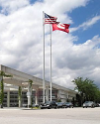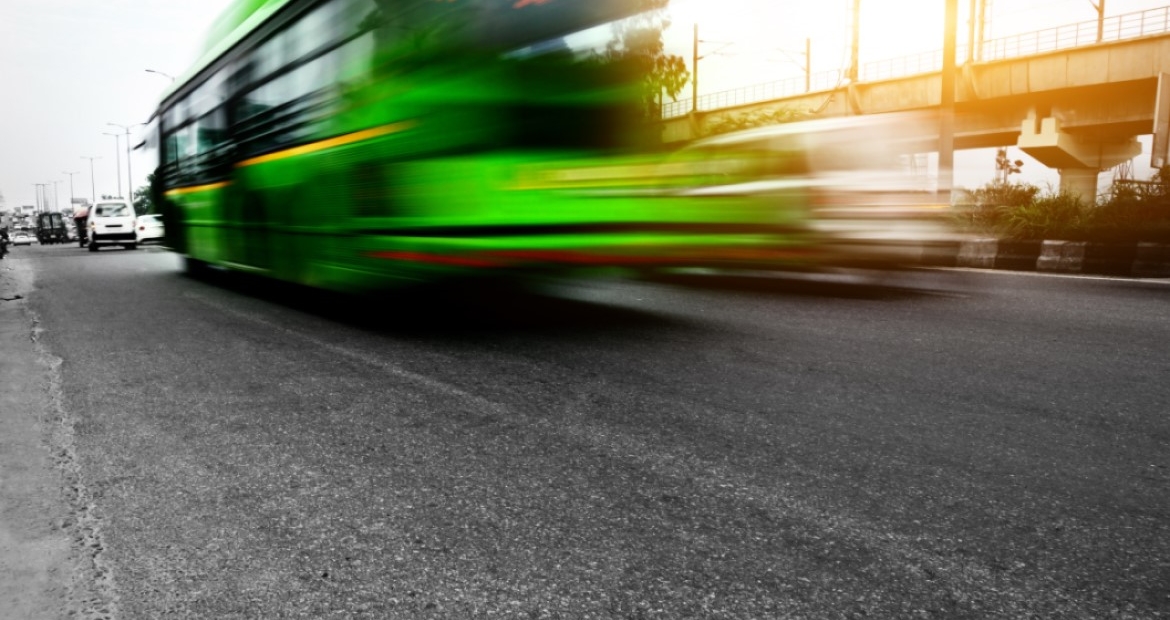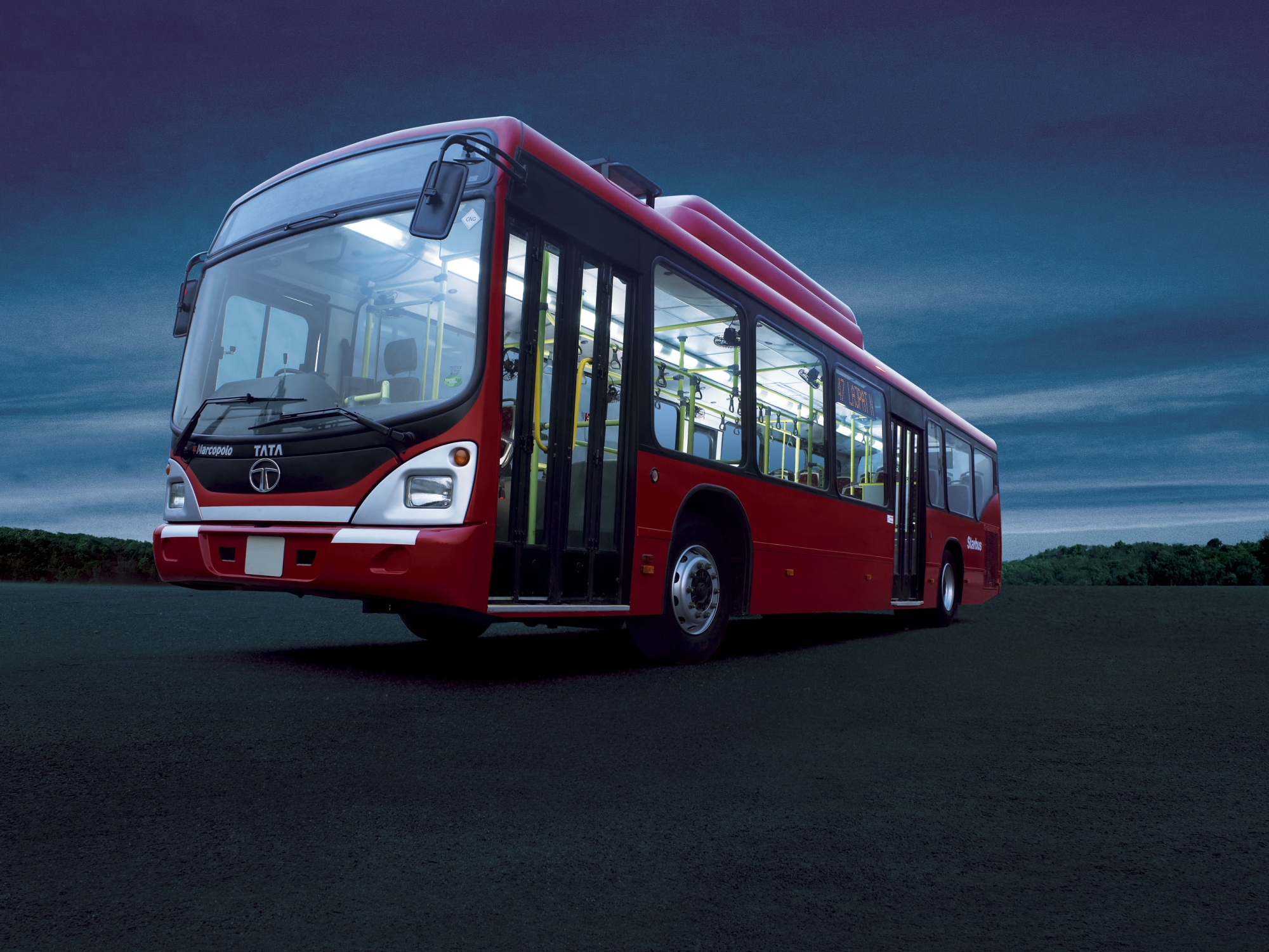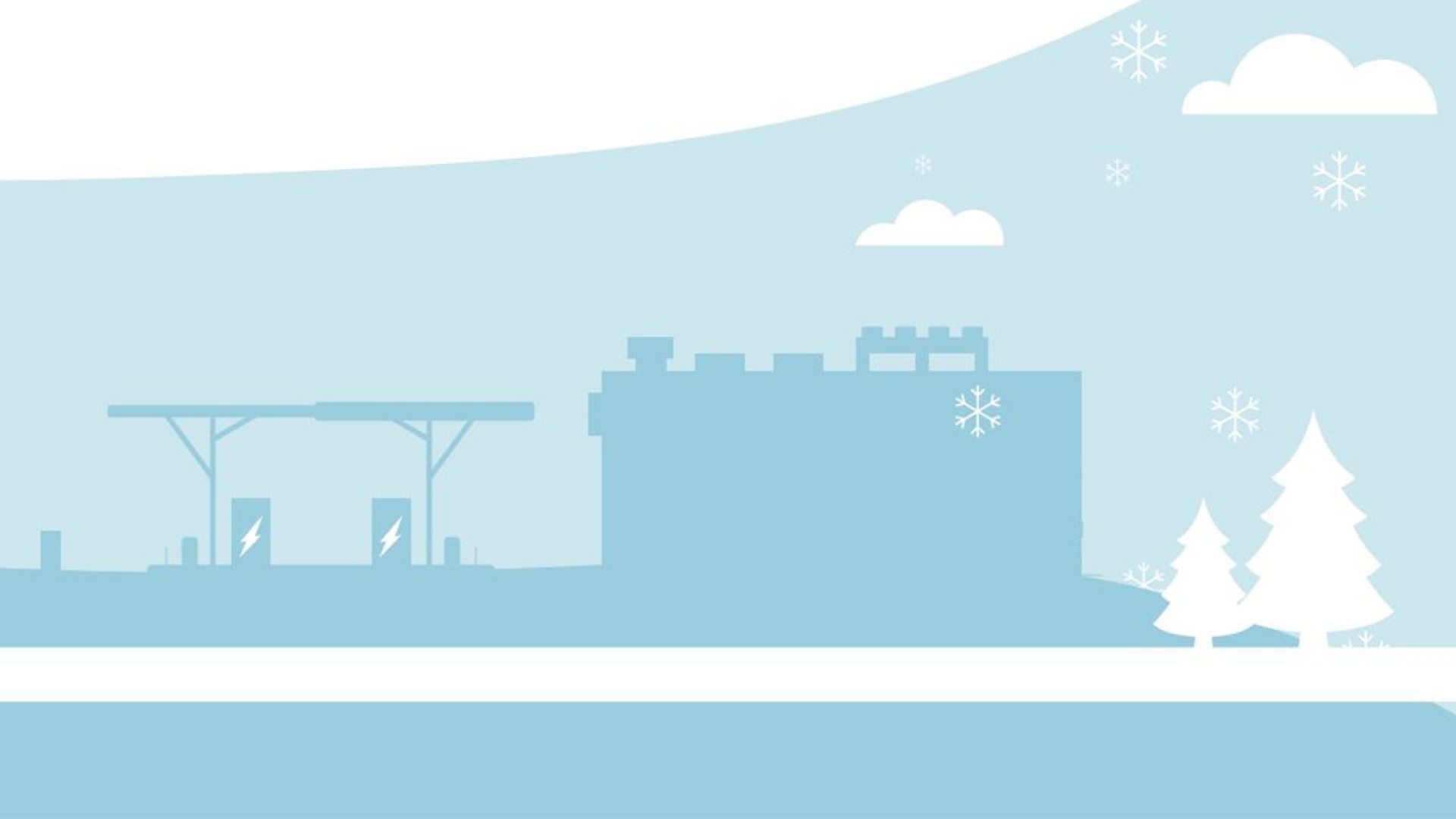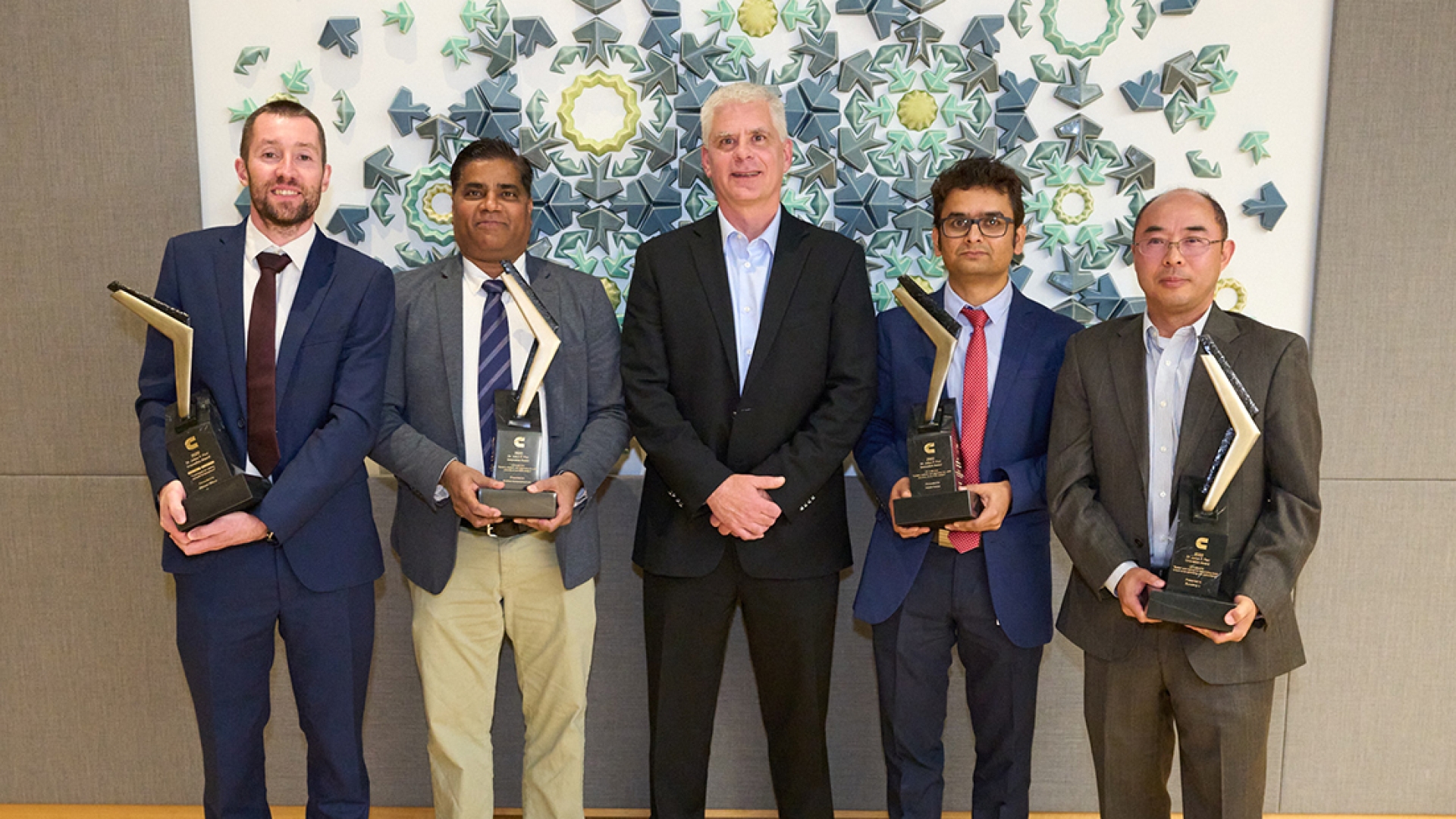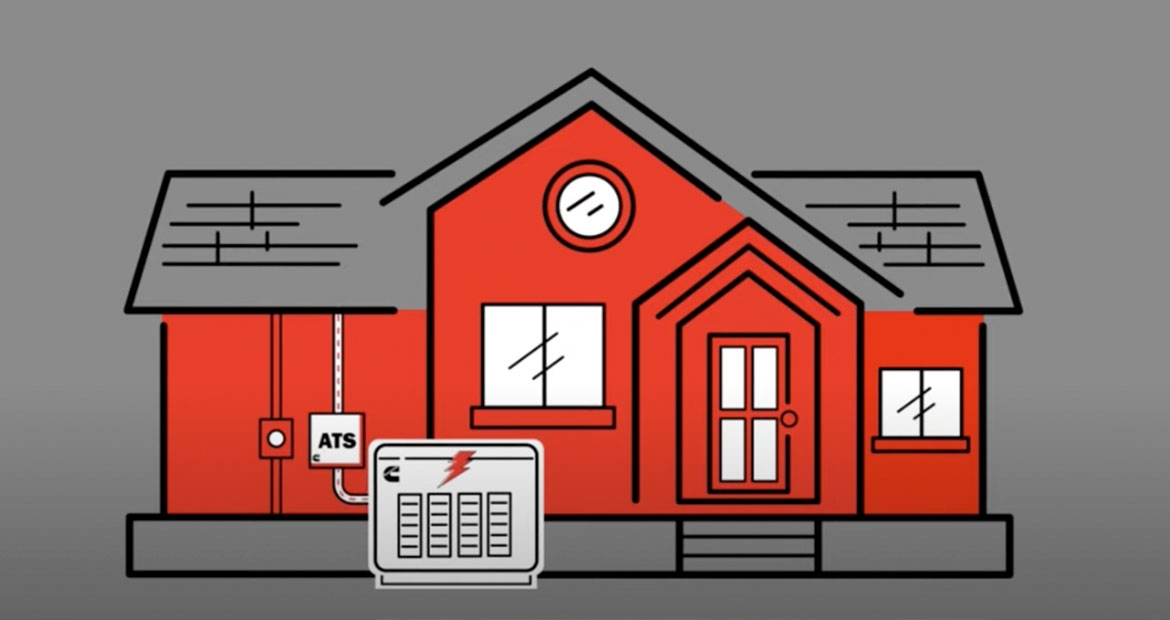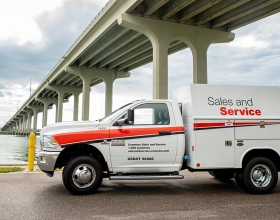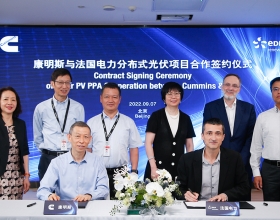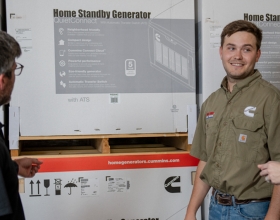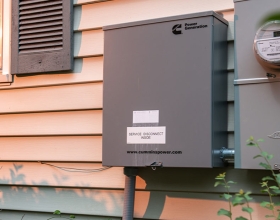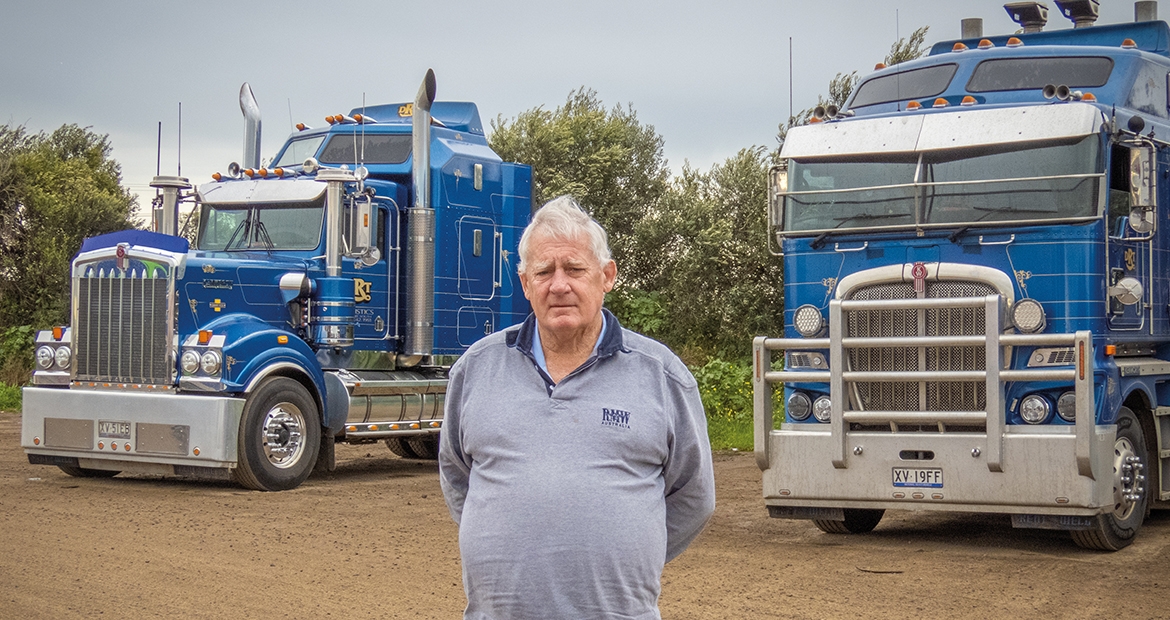
The Australian trucking industry is full of road transport operators who are not big enough to be truly national players, but with a fleet which is well known in one market sector and has a national reach. One of these is DRT, based out on the open farmland of south of Werribee, in an area where Melbourne is expanding towards Geelong at a fast rate.
Looking at the intensive agriculture in the local area, it is easy to see how this operation developed, with produce needing to get out to the markets, and also, the supermarkets.
PowerTorque Editor, Tim Giles sat down for a chat with the founder of Damorange, Shane Splatt, to look back on the development of the business and the obstacles which have been overcome to get the business to where it is now.
“I started in 1974, with one truck and I was carting hanging meat when I stared,” says Shane. “l was doing that for around six or eight years, and then sold the truck off with a bit of work, the guy never actually fully paid for it. So he gave it back to me when it was rolled over and smashed.
“So that's when we took it back. And I started running a company right here, where we are still based today. I was managing this place for a company in Sydney.. I brought that one truck and trailer into the the operation, while I was running this gentleman's fleet. That's the way it grew. I worked for that guy for about five years.”
The business relationship wasn’t balanced and Shane wasn’t making the kind of money had been promised and the company kept raising expectations. The relationship soured and Shane walked away from the deal.
“My son, Scott, was working with me at the time, so when I left, I sent Scott to work for another transport company to get a bit of external knowledge,” says Shane. “They had me under a contract, so that I couldn't poach any work, my hands were tied. So I served my time, and then it was our business. That was the late eighties.”
Since that time, when the main game was hauling produce to the market, the nature of the business has changed a lot. Fresh market produce used to be 85 per cent of the work. The large chains only had about 10 15 per cent of the market. Since those times the supermarkets have come into the business in a major way and are dealing directly with the farms.
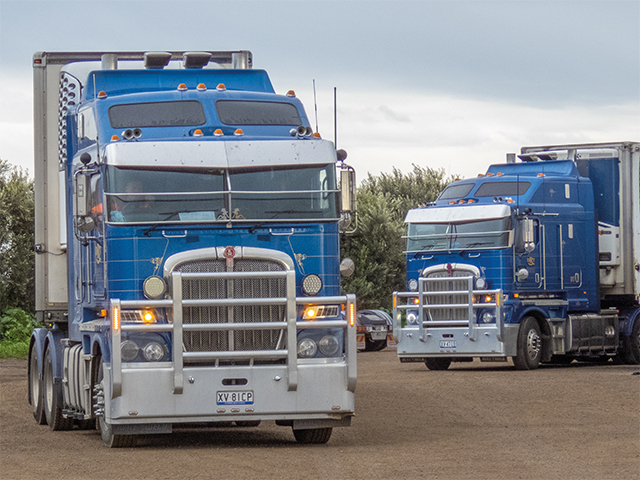
These days the Damorange fleet is handling 70 per cent of produce for the large supermarket chains. Meanwhile the fresh markets, now only make up 30 per cent of the produce carried. Early on, the likes of Coles, Woolworths etc bought directly out of the markets. They then approached the growers directly and bypassed the market system.
When the distribution changed, the current fleet just grew from there, to the point where the company now runs 74 prime movers and around 150 fridge trailers, plus 10 rigids. The company have seven operators who work as a tow operator for the operation and another four owner drivers with their own refrigerated trailers.
“It used to be that you'd have your subbies for your predominantly seasonal work,” says Shane. “But, we came to tough times, and we needed to change that scenario, so that we had constant revenue all year round. So we changed and broadened our area in Victoria. So that we had that volume on most days.
“The people who work for us can work for us all year round. We don't tell them ‘see you later come back in another five months’. That can't happen, because most of the owner drivers have gone broke or they've just gone out of the industry. So the ones that work with us. We pay them weekly, they are paid Monday to Friday. We will fuel them and we look after them and they look after us. So it suits us to have that mix.”
Growing the Business
The business grew with its customer base, as the groups the company dealt with grew, their transport needs also grew.
“As they grow, you've got to grow with them,” says Shane. “You can’t say, just give us seven loads this week and if there’s 10 you can find someone else to do the other three. That doesn't happen. So you've got to grow with them. The Costa Group is now a public company, and we're still their largest carrier.
“Multinationals can't deliver negative growth. If they do they don't keep their job. We have, more or less, grown with our customer bases. We've taken a few new ones on, but really it hasn't changed.”
The business has grown with a series of very long relationships, with generational change within those companies and generational change within the Damorange business. A traditional relationship, which, in some case, has lasted over 40 years.
This business model, can be found in rural areas all across Australia, it's all about relationships which are long lasting with a solid base of mutual trust, based on a long association. The fleet covers most of the country, but have relationships with other operators to cover Western Australia, the Northern Territory and North Queensland.
“We are still working some smaller growers,” says Shane. “They’re third and fourth generation, they’re fine. I suppose it's like, transport. If you were going to get a guy to come in now to try and grow to our size from nothing, it's not going to happen. He won't be home and it's just not going to happen.
“If you were to come in and try and just buy go buy 30 trucks and trailers overnight, you're not going to go anywhere. Businesses have been around for years are even folding. People are getting out of this out of this game, big time It's not good, and produce, it’s hard to do.”
In Victoria Damorange are probably the largest fleet handling produce. This is a specialised area which does not look attractive to the larger transport businesses. The task requires a lot of inbuilt flexibility and the operation has to think on its feet at the last minute as the produce comes in and goes out. Time is of the essence.
“It needs a hands on approach,” says Shane. “If you're not going to have a hands on approach, you're out. If you're going to do it from a computer, that’s not going to work. It’s got to be the hands on like we are here, like my son. If you're not hands on, forget it. Don't try it, but I'll be honest, there is a dollar in it, if you can do it.
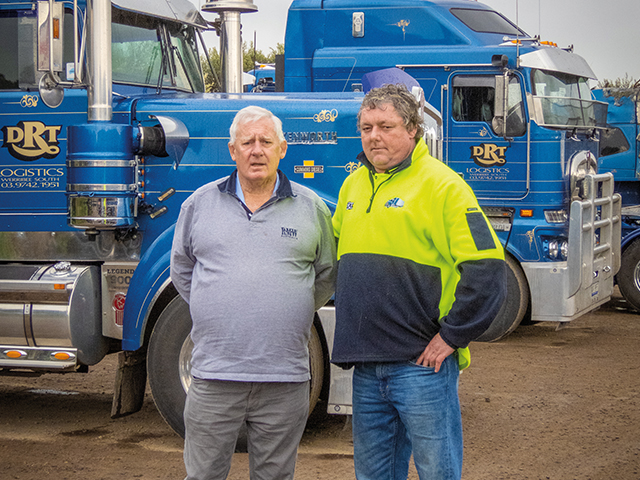
“We are a big family and the long term relationships have been for 30 or 40 years with a lot of our people. I can tell you that some of the major companies that deal with me, I don’t even have to tender for their work. They know what's what's out there but they didn't even tender it they're quite happy with that, and let me tell you, I'm not cheap.
“The philosophy was from a great man, and he's gone now, Frank Costa and he said, if you don't make money, you're bloody no good to me, sonny, because you're not going to be around. You’ve got to be trading viably to be any good.”
The Dynamic Duo: Kenworth and Cummins
The Damorange long term relationship model also applies to their relationships with their suppliers. The trucks are from Kenworth, the engines are from Cummins. As you would expect in a fleet in this sector most of the trucks are K200s, with a sprinkling of T659, T610 and T909.
The fleet consists of around 50 K200 cabovers and about 15 bonneted Kenworths, four T6s and the other 11 are T909s, plus one day cab Mack Superliner. There are a further 15 trucks on order, but the waiting time for trucks is extending for everyone at the moment.
Some of those on their way are the K220 models.
The truck being ordered are specified with Cummins X15 Euro 5 engines, an engine which predominates throughout the fleet. Shane has used other engine brands in the past, but some time ago came down to the Cummins as the engine of choice, for all trucks.
The rear diffs are all rated at the 1:4.11 ratio, a specification which has been used traditionally, but some elsewhere are now moving 1:3.9 or 1:3.7 in the search for better fuel economy. Oil drains are done at 50,000 on the singles and then 40,000 on the doubles.
“If it's not broken, don’t fix it,” is Shane’s motto.
We've got a system, where we do a midlife at 600,000km. Cummins will do the midlifes for us, they come over here and we do it religiously and we get extra warranty for doing it.”
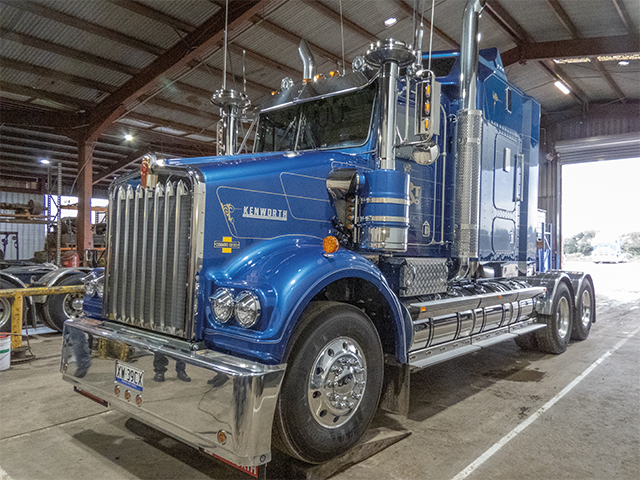
Shane doesn’t like the standard sized tanks often fitted on trucks as they run along the chassis at different sizes. He prefers to have them change so that there are two or three tanks all the same size fitted to the chassis of his trucks. So they look more even along the side of the truck.
Damorange also has a long relationship with two trailer manufacturers, Lucar and FTE, and between the two they are able to keep the trailer fleet up to date.
“We don’t replace our trailers in four years, we keep our trailers 10 years plus,” says Shane. “We can refurbish them and then keep them going as long as the box is okay. Everything else can be refurbed and we keep them going. We build the business like a pyramid, so we don't get too highly geared and then fall over.”
At the moment the fleet runs a combination of singles and B-doubles, but the plans are to move across to 40 pallet B-doubles, with quad axles on both trailers. These run out to 30 metres in length. All new single trailers are now limited to a 26 pallet length to make the swapping of trailers between traditional B-doubles and the newer longer ones easier to do.
“We like to have the uniformity and the option to be able to change them around. We used to run road trains, but you look at the cost factor and you have to do dog runs and everything like that. With the 40 palleters you just go straight in to the capital cities. We we can run them anywhere now.
The fleet utilises the Intelligent Access Program to get the kind of productivity gains it is looking for. It uses 26 pallet singles and 40 pallet B-doubles, which can be uniformly loaded and always be at the right mass over each axle group. The operation found that with the 28 pallet trailer in the combination it meant the loading had to be done more carefully and there is more likely hood of going over on an axle.

